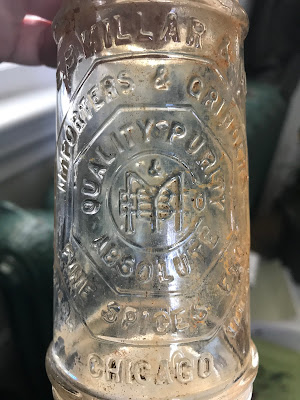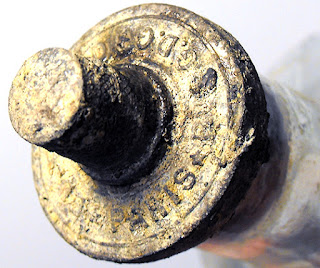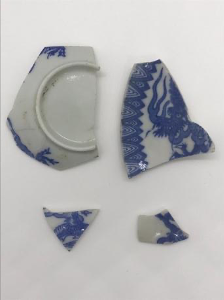Applied Colour Labels on pop bottles / The Lions Ginger Ale

As "Historical Archaeology" ages, we are called to know more about bottles of 20th century. The soft drink industry is quite interesting. Although soda bottles existed for many years before, the soft drink industry exploded with Prohibition in the 1920s. Applied Colour Labels (ACL) (also referred to as enamelled, painted-on, lithographed, or screen-printed) are those labels on glass bottles that are colourful and seemingly fused to the glass like paint. We all know a good old fashioned Coke bottle with an ACL. Embossed bottles were dominant in the ‘20s and ‘30s, but the ACLs took over the market because of their colour and durability. The first ACL on such bottles was used around 1934. Drying time limited the labels to 1 or 2 colours until a technological development in the mid-1950s allowed colours to be applied more quickly, meaning that a label with 3 or more colours post-dates that time. As an example, here is the Lions Ginger Ale bottle found in Vancouver, BC: Th...



